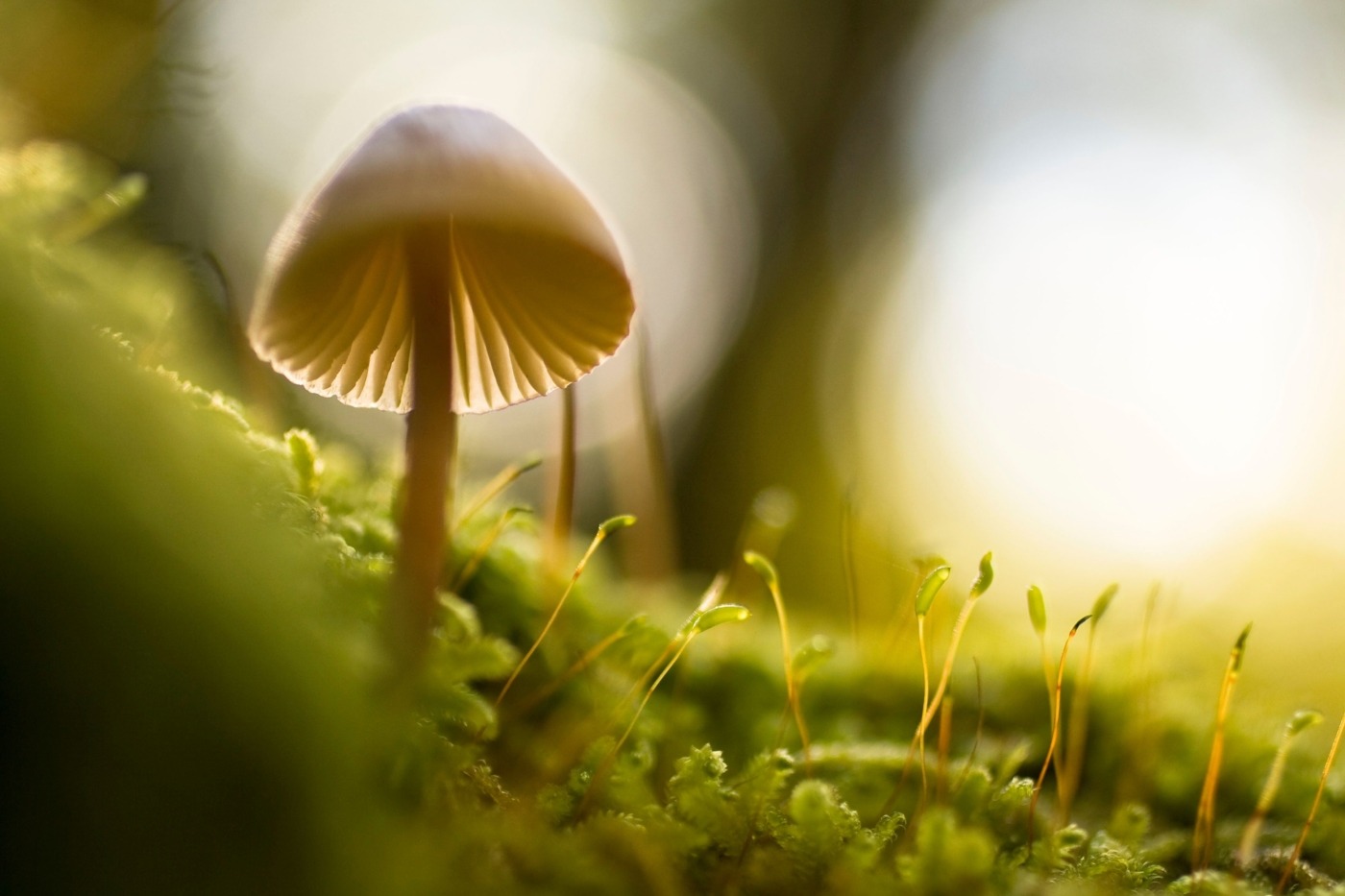Could ‘magic mushrooms’ be the solution to our plastic problem?
Kew Gardens recently published their first ever State of the World’s Fungi report, highlighting the importance, uses and threats to the diversity and abundance of key fungal species. Different organisms were found to be able to decompose or even replace plastics, clean up radioactive material, and speed up the production of materials from paper to biodiesel. So, could fungi really be the solution to some of our most pressing environmental issues?
One species – Aspergillus tubingensis – was discovered on a rubbish heap in Pakistan. It was found to break down a type of plastic known as polyester polyurethane (PU), which is found in products ranging from fridges to synthetic leather, in just eight weeks. This is a significant finding, as PU and other plastics can take decades or even hundreds of years to biodegrade, making them extremely harmful to the surrounding environment. This new result goes alongside the accidental discovery of a plastic-eating enzyme by scientists earlier this year when two professors inadvertently altered the enzyme PETease to be better at plastic degrading.
Could fungi really be the solution to some of our most pressing environmental issues?
The Ocean Clean-Up project has recently received a significant amount of attention, where giant structures are being sent out into the Pacific Ocean to try and collect some of the 12 million tonnes of plastic that gets dumped into oceans every year. However, there is still no way of dealing with the plastic once we have it back on land, other than using conventional rubbish dumps. Potentially harnessing this fungus, and the aforementioned enzyme could be an alternative solution, and one that is better for the health of our planet in the long run.
Fungi could not just help rid the planet of degrading plastic, though – it could even make it obsolete entirely. The Kew report suggests that naturally made materials using fungal mycelia are starting to be used more often, instead of more environmentally harmful materials like polystyrene foam and leather, with fungal by-products used in objects from car parts to Lego™ blocks. Fungi are also being used in the production of paper and cotton, to cut down the amount of waste each process produces.
Fungi could not just help rid the planet of degrading plastic, though – it could even make it obsolete entirely
The report goes on to list many more functions of fungi, from Trichoderma breaking down agricultural waste to speed up the production of biofuel, to Rhodotural taiwanensis, one of the most radiation-resistant organisms on Earth, that can clean up radioactive waste at nuclear power plants. 90% of living plants depend on fungi to access nutrients through their roots, and humans depend on fungi too – it’s in everything from bread, to washing powder, to life-saving medicines like penicillin and cyclosporine, which enables organ transplants to take place.
With only 144,000 of a potential 3.8 million species named by scientists, there is so much more to learn about fungi – and with over a quarter of Nobel prizes awarded for work based on yeast in the past eight years, it seems science is well on the way to unlocking more secrets from our “magic” fungal friends.

Comments (1)
Comments are closed here.